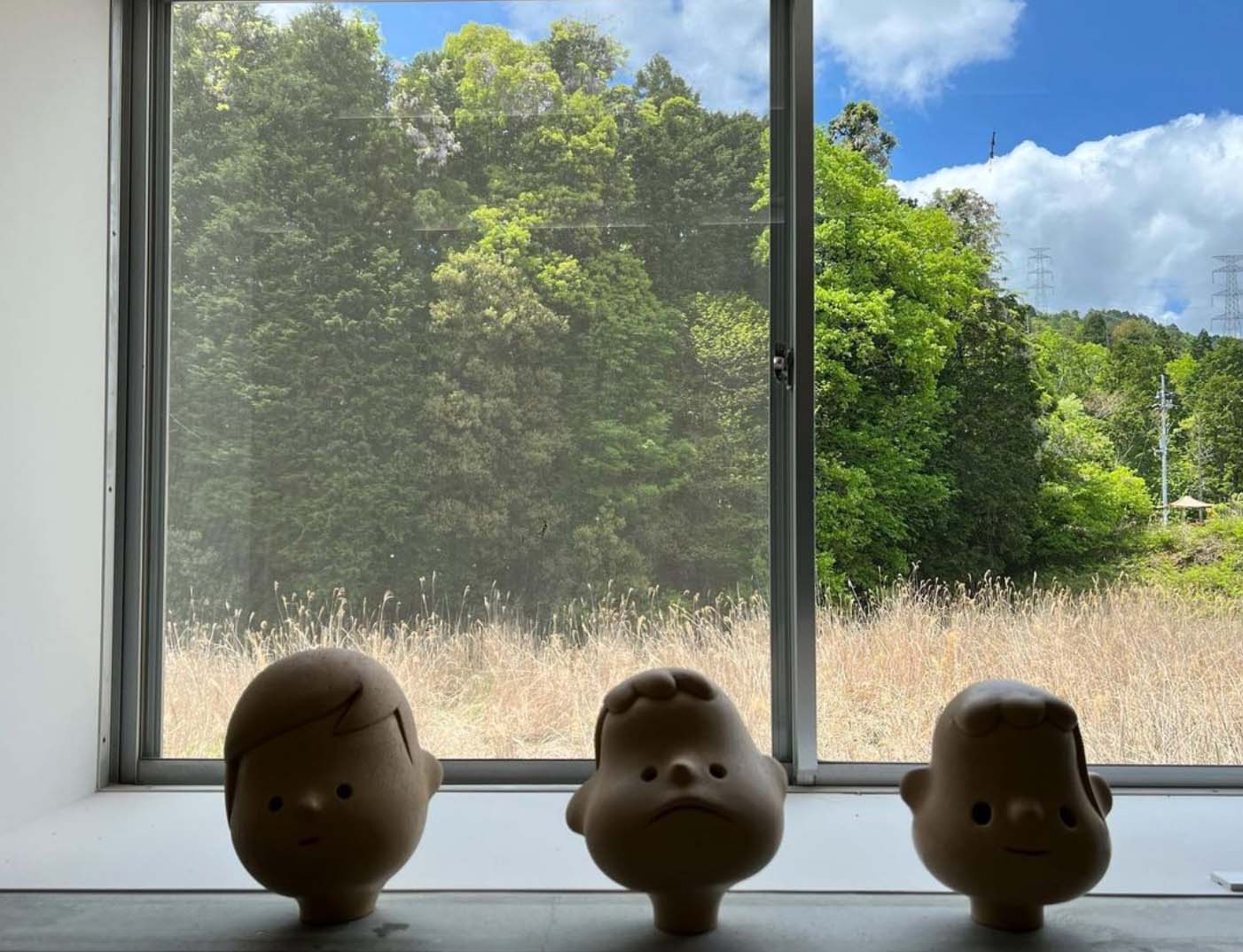
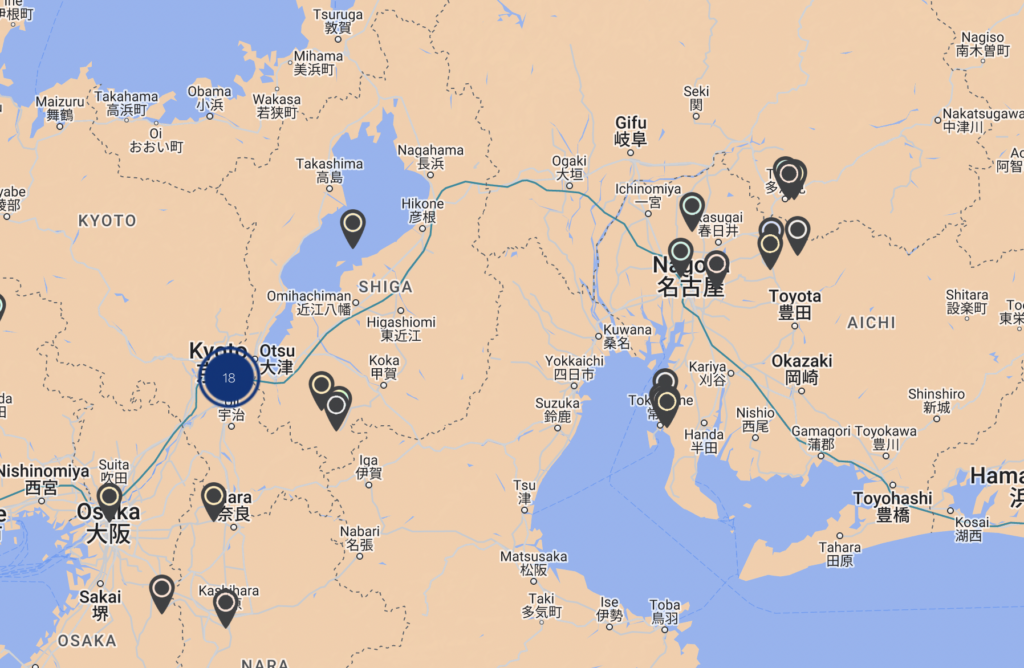
To see ceramic destinations in Shigaraki, Japan, and other sites worldwide, check out Ceramic World Destinations (CWD), MoCA/NY's interactive map listing over 4,000 destinations!
En Iwamura, a ceramic artist currently residing in Shigaraki, shares his experience working in the cultural heritage site and the benefits and challenges of living in the region. This essay is part of our three-part feature on the cultural heritage site Shigaraki. GET TO KNOW SHIGARAKI written by Michio Sugiyama provides insights into the historical, cultural, and traditional aspects of Shigaraki, and Hitomi Shibata shares a personal essay, Shigaraki - Our Journey in Clay, reflecting on her time living, working, and making art in Shigaraki.
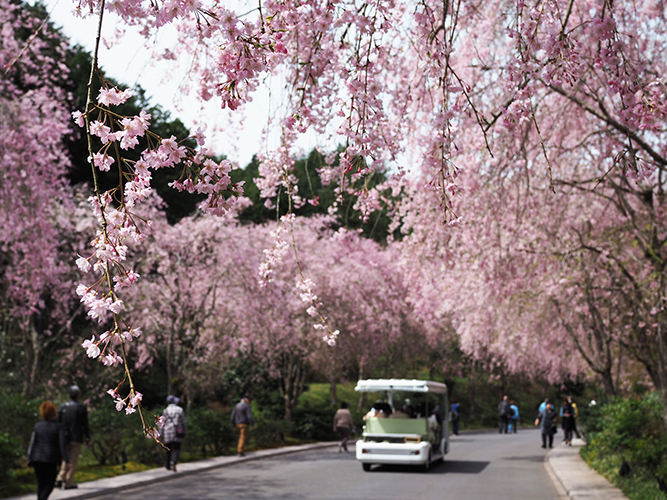
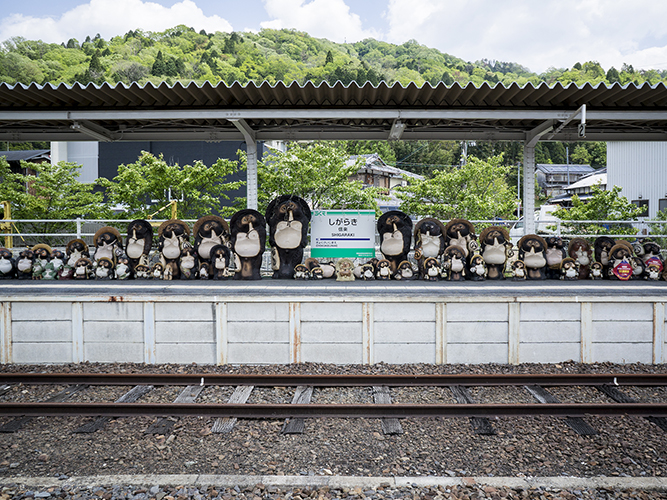
I was born in Kyoto, Japan, and received my BFA and MFA at the Kanazawa College of Art and Craft in Kanazawa. I decided to study in the US and received my second MFA at Clemson University. After living and working in the US for six years, I returned to Japan and moved to Shigaraki.
Shigaraki is not far from my hometown (about 30-40 min driving distance) and I found myself missing time spent with my family while I was abroad. I also want to raise a family with my wife in Japan.
While traveling and working at residencies, I felt like a nomad. Every time I moved, I had to also transport all my studio equipment, tools, and glazes and I found this to be too burdensome and prevented me from developing a consistent studio practice. I wanted to find the perfect place to settle and Shigaraki was the place as it not only has an international ceramic reputation but also because of the quietness and peace of the atmosphere necessary for my practice. I moved to Shigaraki in 2018 as a resident artist at Shigaraki Ceramic Cultural Park.
Shigaraki is a small village located in southeast Shiga prefecture, and known as one of six ancient ceramic kiln sites in Japan. The environment is pretty calm, surrounded by mountains, and the population is small. The image is like a picturesque Japanese traditional old village. My first impression was “What a beautiful and peaceful place!” It was nice to stay away from the business of the city and have a place to focus solely on my work. I quickly fell in love with the city.
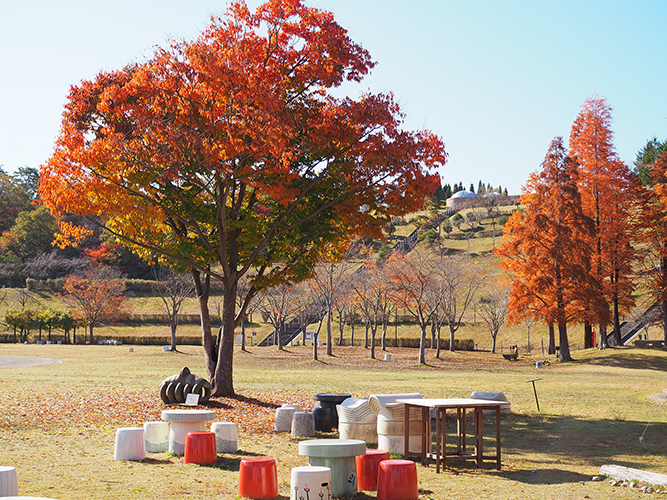
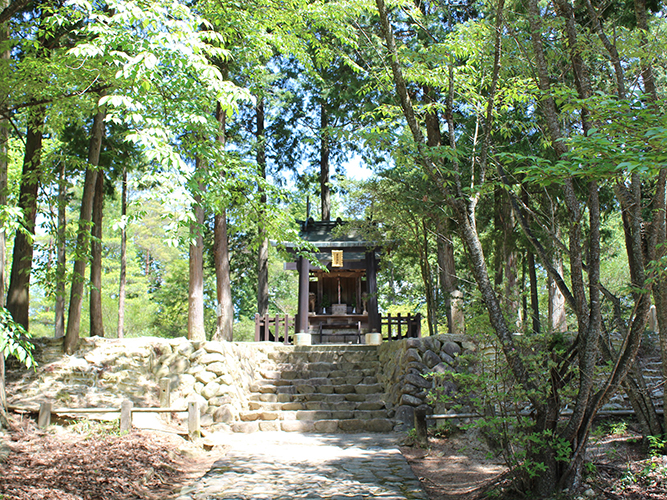
Of course, even with the positive aspects of Shigaraki, there are issues with this small village in the countryside of Japan. A key issue is the low population density. Getting to know the community and communicating with local people, I began to realize the reality of this place. After many years of shrinking demands for Japanese ceramic industries, there are so many factories and businesses that are closing, risking the future of this cultural heritage site. The younger generation of local people is leaving Shigaraki for a bigger city to seek their own life therefore, their heritage, passed down from generation to generation is disappearing. So, there are many empty houses and factories but people have no idea how they should approach these challenges.
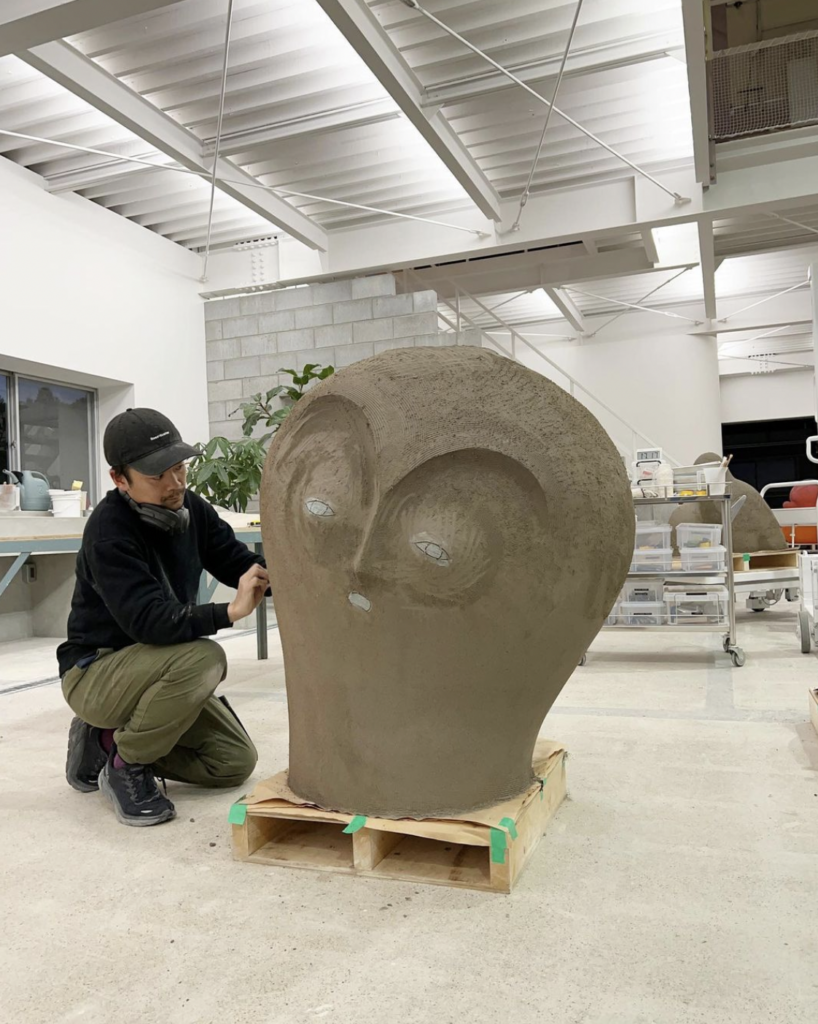
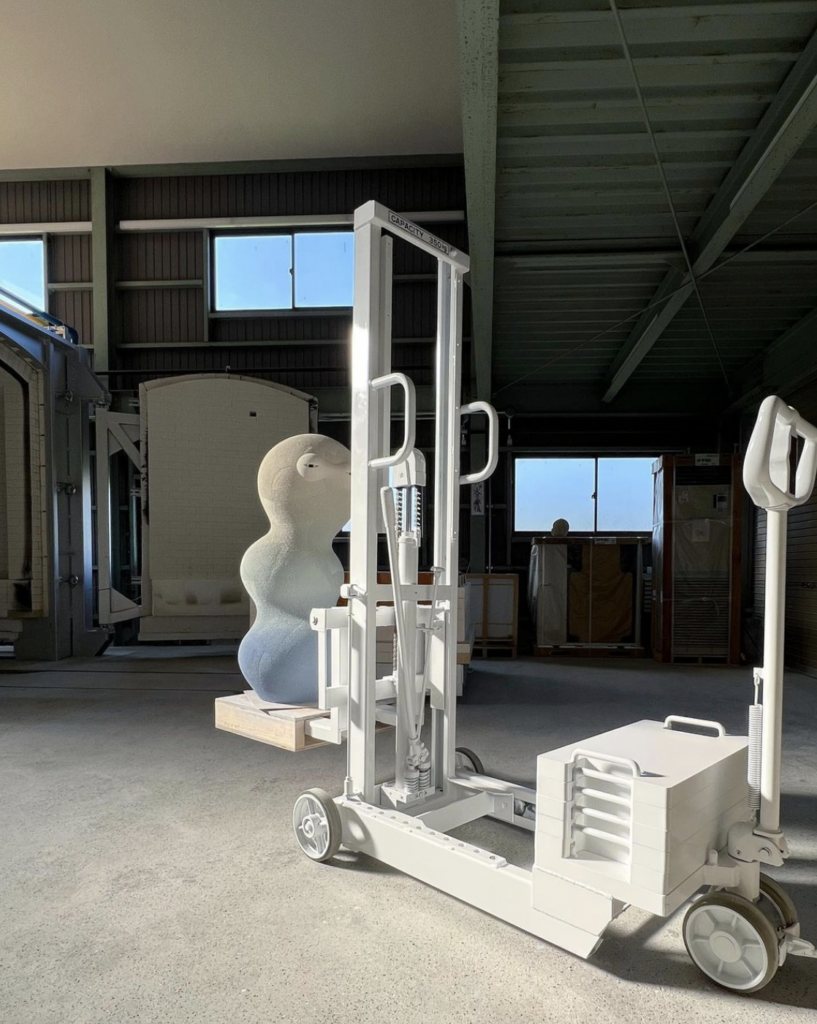

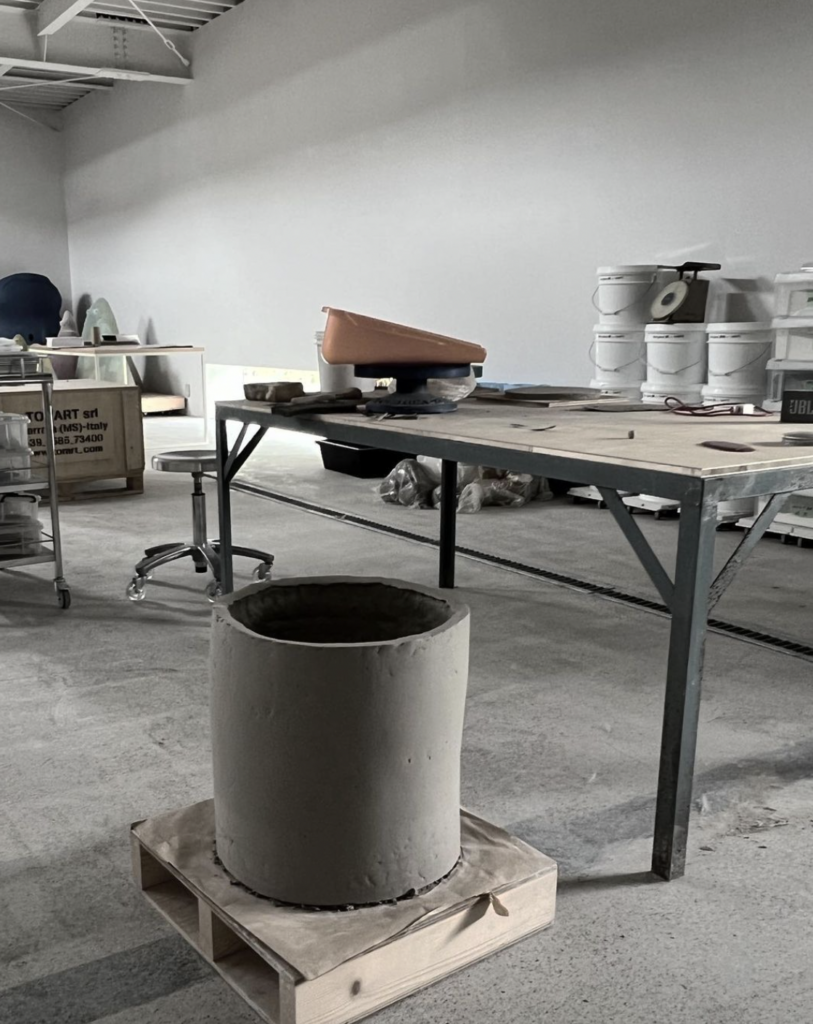
As an artist who works at this cultural heritage site, I would like to use existing resources and am thinking about the potential of the town. Thinking about all the empty factories, and houses, I would like to see the younger generations of people utilize the opportunities Shigaraki provides and create their own creative and innovative community here. For instance, I bought an abandoned gift shop and renovated it as my studio. I hope to see some kind of new creators’ community here in the future to preserve Shigaraki and its culture, traditions, and history.
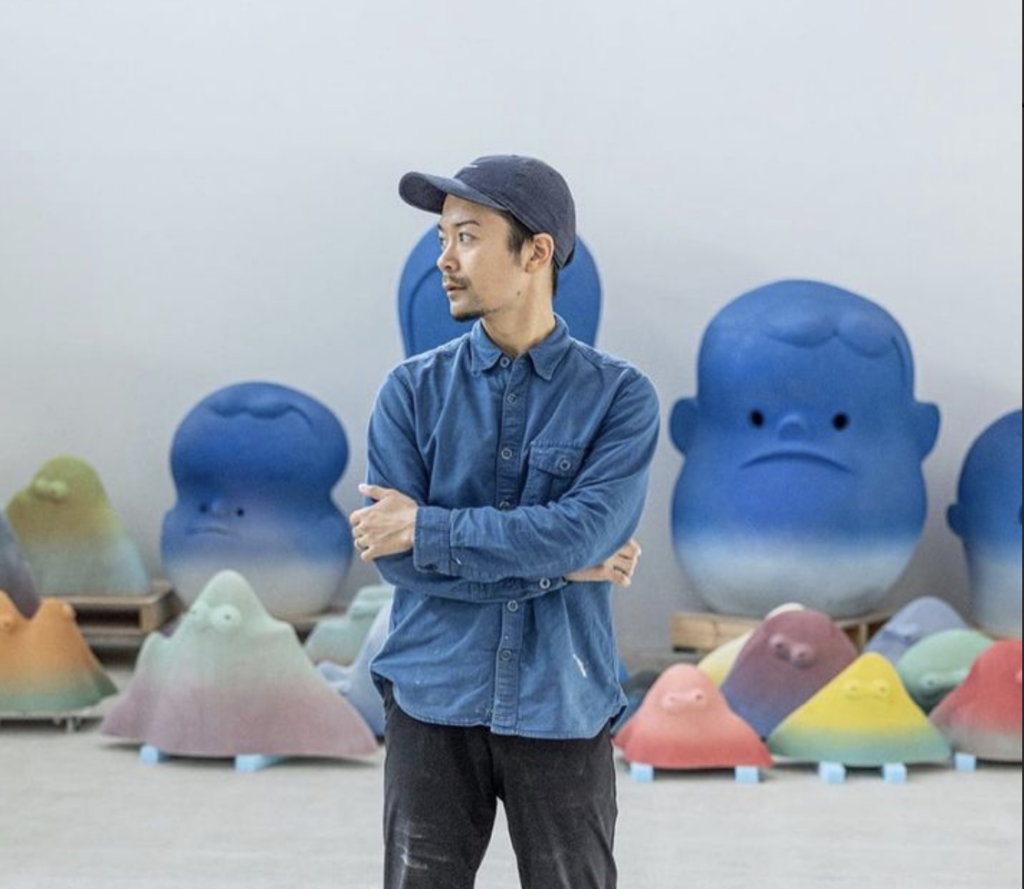
En Iwamura was born in Kyoto, Japan in 1988. Under the influence of both parents who are painters, he grew up in an artistic environment. After graduating with a BFA in craft at the Kanazawa College of Art and Craft, he began to be interested in the international Art world. he considers that ceramic has the potential to be one of the international languages, that can cross different cultures, people, and countries. En Iwamura's current research investigates how he can influence and alter the experience of viewers who occupy space with his installation artworks.
